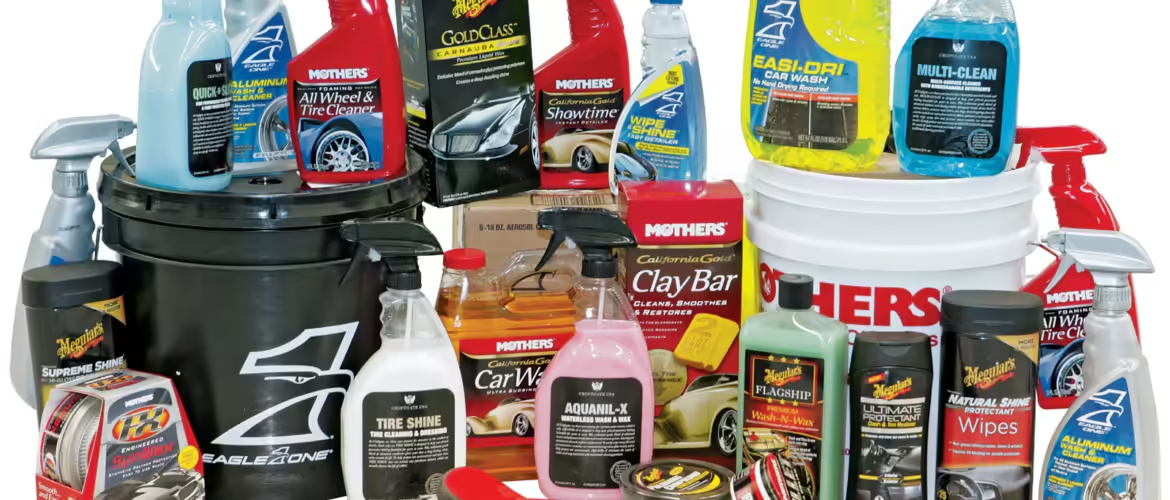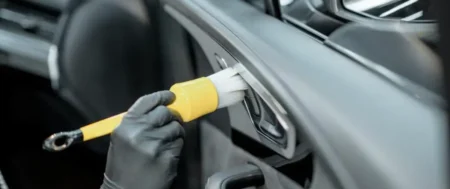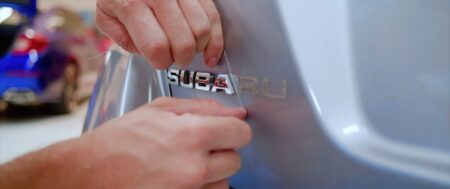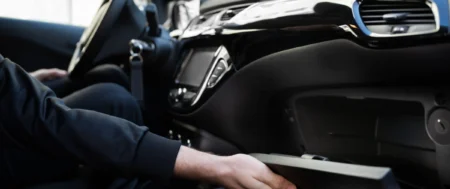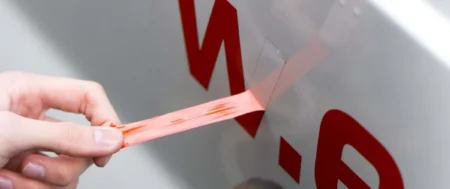By Macdetailz Car Detailing

Car detailing is more than just making your vehicle look good; it’s a meticulous process that combines art and science to achieve a pristine finish. At Macdetailz Car Detailing, we believe that understanding the chemistry behind the cleaning products we use is crucial for delivering top-notch results. Let’s dive into the science behind car detailing and explore how the right products can make all the difference.
The Role of pH in Cleaning Products
One of the fundamental aspects of car detailing is the pH level of cleaning products. The pH scale ranges from 0 to 14, with 7 being neutral. Products with a pH below 7 are acidic, while those above 7 are alkaline.
- Acidic Cleaners: These are effective for removing mineral deposits, rust, and brake dust. However, they must be used carefully to avoid damaging the paint or metal surfaces.
- Alkaline Cleaners: These are great for cutting through grease, oil, and organic stains. They are commonly used for cleaning engines and tires.
Using pH-Balanced cleaners ensures that the products are effective without being too harsh on the vehicle’s surfaces.
Surfactants: The Cleaning Powerhouses
Surfactants are compounds that lower the surface tension of water, allowing it to spread and penetrate dirt and grime more effectively. They are the key ingredients in most cleaning products. Surfactants work by surrounding dirt particles and lifting them away from the surface, making them easier to rinse off.
There are different types of surfactants, including:
- Anionic Surfactants: These are effective at removing oily and greasy stains.
- Nonionic Surfactants: These are milder and are often used in products designed for delicate surfaces.
Abrasives and Polishes
Abrasives are used in polishes and compounds to remove a thin layer of the clear coat, eliminating imperfections like scratches and swirl marks. The size and hardness of the abrasive particles determine the level of cut and finish.
- Compounds: These contain larger, more aggressive abrasives for heavy correction.
- Polishes: Theses have finer abrasives for refining the surface and enhancing gloss.
Protective Coatings
After cleaning and polishing, applying protective coatings is essential to preserve the vehicle’s finish. These coatings create a barrier against environmental contaminants, UV rays, and oxidation. Common types of protective coatings include:
- Wax: Provides a glossy finish and short-term protection.
- Sealants: Offer longer-lasting protection compared to wax.
- Ceramic Coatings: provide the most durable protection, often lasting several years.
Conclusion
At Macdetailz Car Detailing, we are committed to using the best products and techniques to ensure your vehicle looks its best. Understanding the chemistry behind our cleaning products allows us to choose the right solutions for each task, ensuring effective and safe results. If you are in Ottawa, Ontario, you can trust us to deliver a showroom-worthy finish every time.

